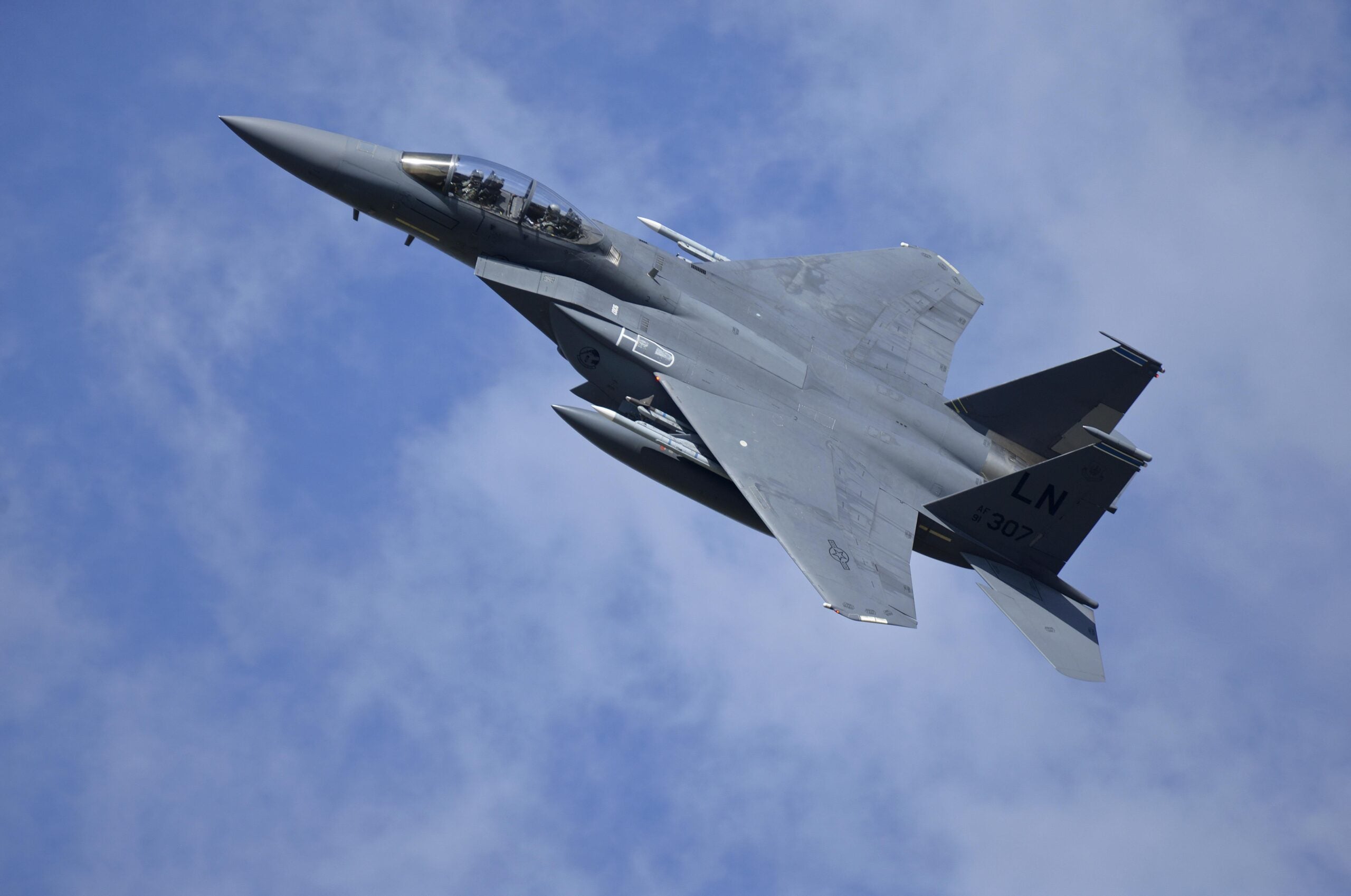
BAE Systems has secured a contract to provide its advanced global positioning system (GPS) technology for the US Air Force’s (USAF) F-15E Strike Eagle aircraft.
The $13m contract will see the company integrate its digital GPS anti-jam receiver onto the F-15E aircraft.
Once equipped, the DIGAR technology will protect the fighter aircraft from evolving adversaries that jam the GPS signals.
BAE Systems navigation and sensor systems product line director Greg Wild said: “Modern airborne missions require accurate positioning and navigation data, and GPS systems must be able to withstand adversaries’ best disruption efforts.
“Our DIGAR antenna electronics are trusted to protect these platforms in contested environments.”
Associated work will be carried out at the company’s facility in Cedar Rapids, Iowa, US.
How well do you really know your competitors?
Access the most comprehensive Company Profiles on the market, powered by GlobalData. Save hours of research. Gain competitive edge.

Thank you!
Your download email will arrive shortly
Not ready to buy yet? Download a free sample
We are confident about the unique quality of our Company Profiles. However, we want you to make the most beneficial decision for your business, so we offer a free sample that you can download by submitting the below form
By GlobalDataThe F-15 Strike Eagle is the USAF’s second fighter jet to receive DIGAR GPS upgrades.
The first aircraft to be equipped with this technology was the F-16 Fighting Falcon.
A part of BAE Systems’ family of military GPS products, DIGAR allows the fighter jets to undertake missions in rough signal environments by providing reliable military GPS systems.
According to the company, DIGAR uses high-performance signal processing and advanced antenna electronics to ensure better GPS signal reception.
In June, the company also expanded this DIGAR technology by adding new beamforming capabilities, which is a combination of 16 steered beams that provide immunity against signal jamming.
All such capabilities together allow the fighter aircraft to conduct manoeuvres in highly contested battlespace.
Apart from aircraft, the company claims that its GPS products can also be used with intelligence, surveillance and reconnaissance aircraft, uncrewed aerial vehicles, handheld electronics, precision-guided munitions and other vehicles.



